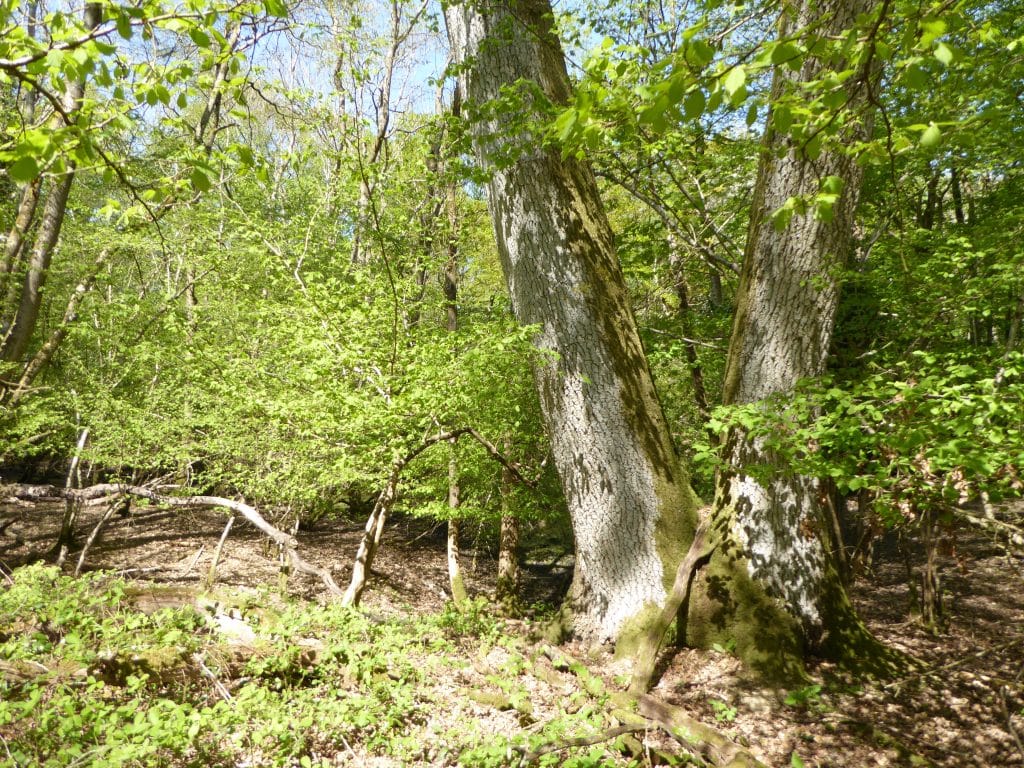Well, Christmas and the New Year have now been and gone and good-ridden to 2020, a year that will probably remain infamous for two reasons…
I have been carrying out more work in our ancient woodland, a few hours at a time as and when weather allows. The primary aim of work is to improve the woods biodiversity and secondarily, to provide firewood. I have felled several 60 foot high medium-sized ash stems to create room for the crowns of several mature oaks to expand. These past couple of weeks I have been mainly concentrating on freeing-up both moribund and young hazel and hornbeam stools (and a number of young field maple and beech), from enveloping bramble and also removing moss on the bases of the older stools in the hope this will stimulate development of buds and new stems. In this area which represents about a third of the wood, I now intend to coppice the over mature stools which will give rise to new healthy growth over the coming years. This will also produce several tonnes of firewood, so keeping the cottage warmer and reducing reliance on the oil tank. The remaining brash will be left or stacked in-situ thus creating more habitat for birds, small mammals and invertebrates.
The two gales during December caused no major casualties but we’ve noticed a fair amount of ‘small’ branch material having been detached from off the tall dying ash – a combination of ash-dieback and the wind. Fortunately, the wood is situated on a north-west facing slope so is therefore shielded from the prevailing south-westerly gales.
With the days now beginning to draw-out, it’s noticeable how much more bird song can be heard; also the odd spat unfolding between rival blackbirds or lesser spotted woodpeckers. Our resident song thrush have now been serenading us since early-December. We have lots of great, blue and some coal tits as well as nuthatches and woodpeckers, taking feed from the three feeders in an apple tree a short distance from the cottage.
This morning (Sunday) while the traffic was light I took the opportunity to carry out a litter-pick along a neighbouring stretch of road that serves as a local rat-run; along just a 200 yard section I collected two bin bags of litter, mainly fast-food wrappers and cans, the latter sorted into the recycling bin. It’s probably at about the point where ‘food-in-the-hoof’ bought in East Grinstead has been eaten and its containers jettisoned from out the window. It begs the question, how much litter is discarded nationally?!

